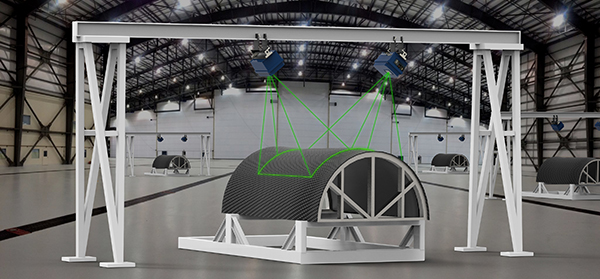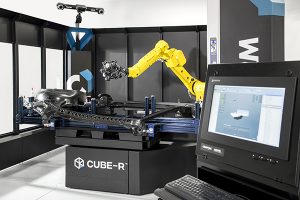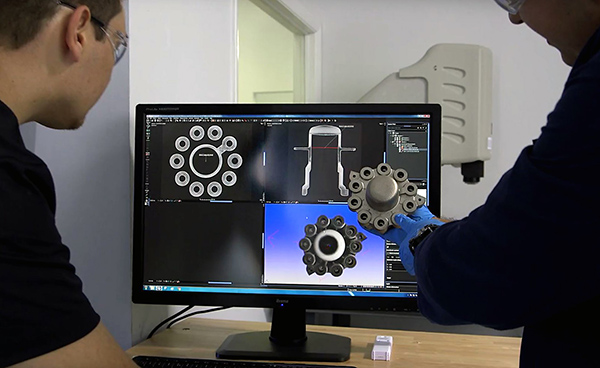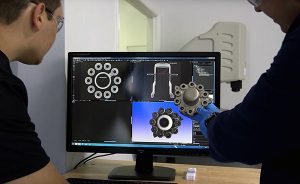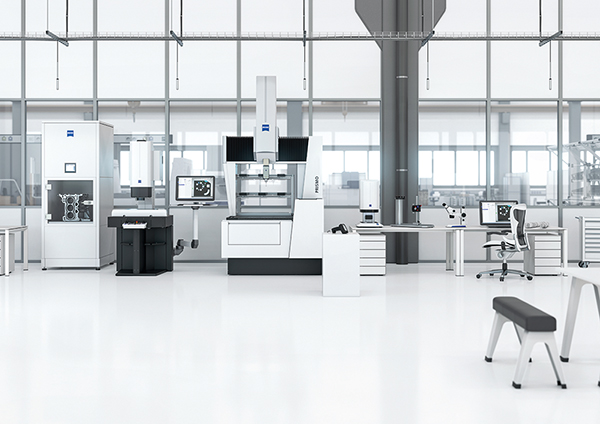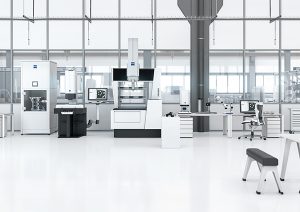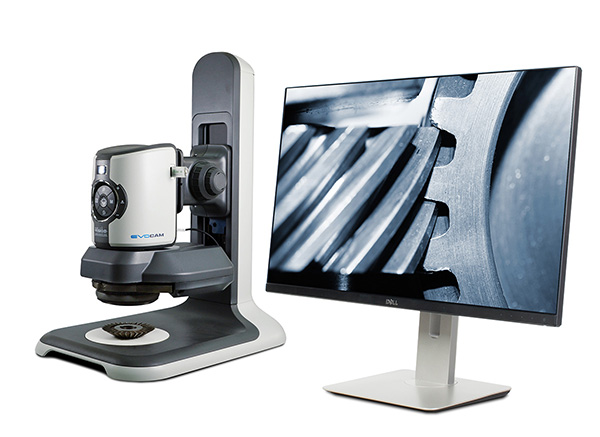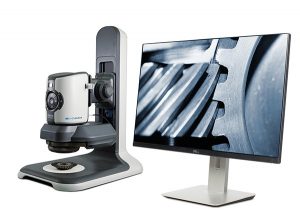The TracerM laser projector from Faro Technologies enables users to perform positioning, alignment and assembly tasks, quickly, accurately and safely.
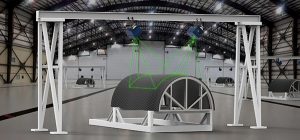
Faro’s TracerM projects a laser on to a surface or 3D object, providing a virtual template that allows companies to improve productivity, reduce waste and eliminate rework. The laser template is created using a 3-D CAD model that facilitates the projection of a detailed laser contour of components or areas of interest, removing the need for physical templates and tools, and reducing the potential for human error.
TracerM provides long-range projection from 1.8 to 15.2 m. The device includes Faro’s Advanced Trajectory Control (ATC) function, which ensures fast projection with dynamic accuracy and a rapid refresh rate, minimising the ‘flicker’ associated with other systems.
Faro’s 3D laser projector can also be used in series for use on large assemblies; multiple TracerM devices can be controlled from a single workstation to provide a virtual template in a single (or shared) co-ordinate system.
For further information www.faro.com






